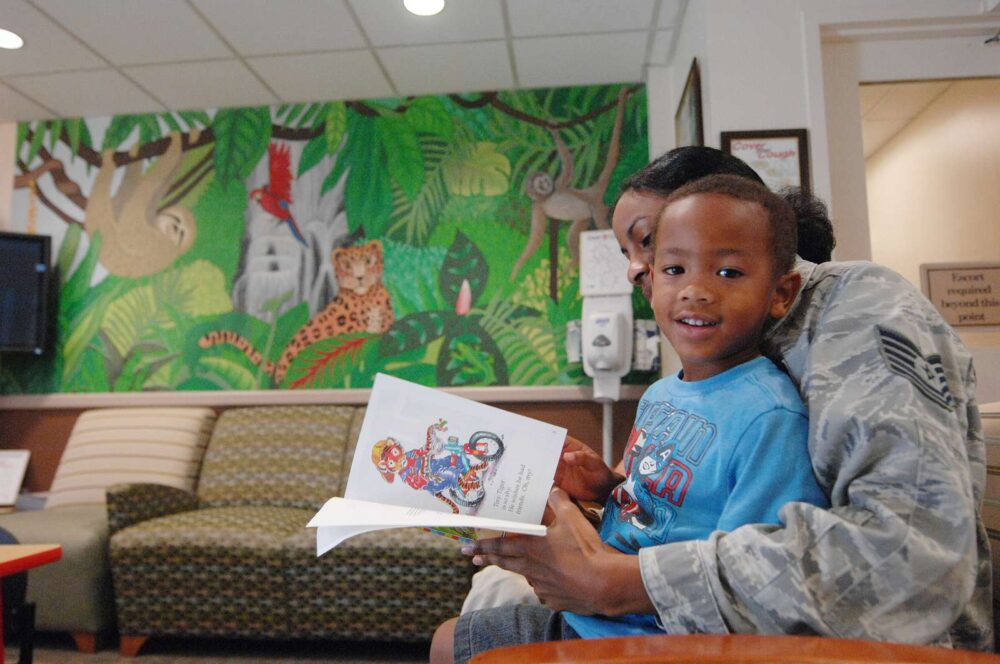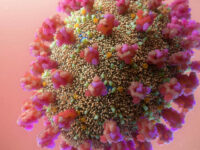Despite contracting COVID-19 many months earlier, 9-year-old Jack Ford is still unable to get through a full school day without overexerting himself. As CNN reported, even being mentally engaged for a long time by playing Fortnite or watching TV completely exhausts him to the point of feeling sick the next morning.
Persistent headache, fatigue, muscle pain, and difficulty breathing are just a few of the most prevalent symptoms of long COVID-19. According to the World Health Organization, long COVID refers to the long-term symptoms developed during or after a COVID-19 infection that persist for at least 2-3 months and cannot be explained by any other diagnosis. Although more common in adults than children, the long-term consequences of COVID-19 can make routine actions extremely taxing.
Long COVID symptoms vary from person to person but are generally similar to typical COVID-19 symptoms. Researchers worldwide have examined the clinical characteristics and illness manifestations of patients in pediatric long COVID clinics. A team of researchers from Tel Aviv University assessed 90 children at a long COVID clinic within a pediatric center. At least half of the surveyed patients reported experiencing fatigue and difficulty breathing. Muscle aches, sleep disturbances, headaches, loss of or distorted sense of smell, and memory impairment were also common among the patients. Out of the 90 children in the sample, 82 experienced only a mild severity of symptoms when initially contracting COVID-19.

Similarly, researchers affiliated with Emma Children’s Hospital in Amsterdam surveyed 89 pediatric long COVID patients across the Netherlands. Fatigue, difficulty breathing, and concentration difficulties were the most reported symptoms. The children also reported the extent of the limitations in daily functioning attributed to their long COVID diagnosis, with 48% reporting mild limitations and 36% reporting severe limitations. Within this sample, 25% of patients required physical therapy and 16% were regularly meeting with a psychologist as part of their treatment.
Children and adolescents with long COVID around the world are facing similar hardships despite the variance in symptom presentation. Ranya Ribera, an 18-year-old from New Jersey, had her hair fall out as a side effect of COVID-19 infection. In a PBS News Hour story, she reveals that her anxiety and lack of motivation still prevent her from seeing her friends and socializing over a year after contracting the illness. Luckily, Ranya’s experiences with a long COVID support group associated with the RWJBarnabas Post-COVID Recovery Program connected her with people who experienced similar symptoms and helped her feel less alone.
Some healthcare professionals assume long COVID patients’ symptoms are purely psychological or psychosomatic, which can lead to a patient’s dismissal.
Fifth-grader Aurora Burt from Dover, Massachusetts, suffers from parosmia, which is a distorted sense of smell and taste, deterring her from eating most foods. Having such a restricted diet has become a nutritional issue for Aurora who, according to a Boston 25 News interview, now has lower energy levels, a compromised immune system, and worsening mental health. Treatment methods such as smell retraining have failed to work for her, but health experts are optimistic for her recovery due to the resilience associated with young age.
Despite its prevalence and wide recognition, the cause of long COVID symptoms is debated by some healthcare professionals who claim symptoms such as headache and fatigue may not be the direct result of COVID-19 infection. Instead, they believe it is possible these symptoms stem from social restrictions like self-isolation and school shutdowns, which can cause unprecedented levels of stress on a child. Moreover, some healthcare professionals assume long COVID patients’ symptoms are purely psychological or psychosomatic, which can lead to a patient’s dismissal.
A group of researchers based in Rome, Italy, recorded the experiences of young long COVID patients including 17-year-old Cecilia, who was dismissed by doctors who insisted her pain was imaginary. Cecilia finally received a long COVID diagnosis after two months of constantly experiencing debilitating symptoms. Experts argue that legitimizing a patient’s suffering would remove one of the many barriers long COVID patients face when attempting to acquire treatment, as well as relieve them of the psychological burden of their pain not being believed.
Legitimizing a patient’s suffering would remove one of the many barriers long COVID patients face when attempting to acquire treatment, as well as relieve them of the psychological burden of their pain not being believed.
Most pediatric long COVID patients attest that their symptoms have limited daily activities and decreased quality of life in some way. Cecilia’s ability to concentrate and understand material while studying has diminished compared to before she contracted COVID-19, which may hurt her chances of reaching her goal of being admitted to a medical university.
- The Pediatric Infectious Disease Journal (2021). DOI: 10.1097/INF.0000000000003285
- Future Microbiology (2022). DOI: 10.2217/fmb-2022-0031
- Pediatric Pulmonology (2021). DOI: 10.1002/ppul.25521
- A clinical case definition of post COVID-19 condition by a Delphi consensus
- Children get long Covid, too, and it can show up in unexpected ways
- As more kids go down the ‘deep, dark tunnel’ of long COVID, doctors still can’t predict who is at risk
- Boston clinic working on solutions as kids with long COVID symptoms struggle to move past virus






